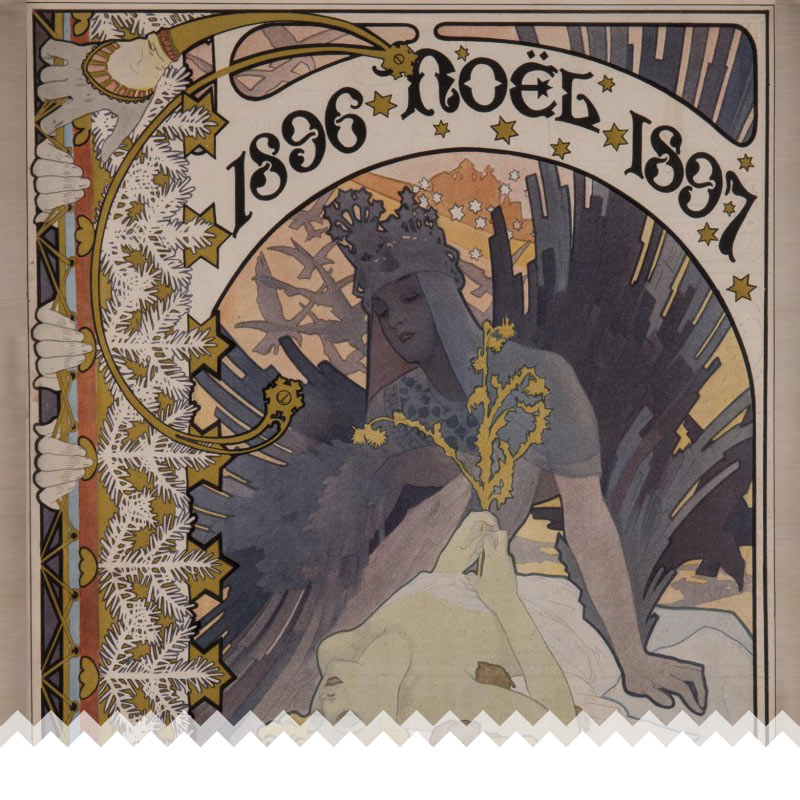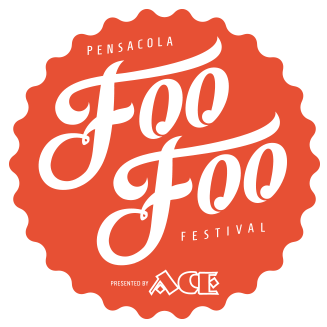
Mucha and Art Nouveau
Date Posted: Sep 03, 2015
PENSACOLA, Fla., September 3, 2015 – As you may have guessed, Art Nouveau literally translates to “new art” in French. But what’s so new about it? The movement started in the late 19th century essentially as a rebellion against the typical historical styles of the time. These liberal artists aimed to abolish the traditional hierarchy of the arts. (Imagine hipsters during the industrial era). This group formed a rebellion against traditional art styles, creating unity between flowing and organic shapes with angular contours.
Think nature meets geometry. Shifting away from oil and canvas, these artists transformed the idea of a craft, incorporating their new style into architecture, applied arts, graphic work, and illustration.
The Czech painter, Alphonse Mucha (it’s pronounced like “moo-ha” with a nice nasal emphasis on the “ha” part), is most commonly known for being a leader of this movement. His greatest masterpiece is The Slav Epic, a series of 20 paintings about history between the Czech and Slav peoples, driven by his intense nationalism for his Slavic background.
Mucha received his celebrity status after completing “Gismonda” for Parisian star Sarah Bernhardt in 1894. During the next 10 years, he became one of the most successful artists in Paris, establishing himself as a leading member of the Art Nouveau movement.
You can check out some of Mucha’s work, as well as pieces done by Henri Toulouse-Lautrec and Jules Chéret at the Pensacola Museum of Art during the 2015 Foo Foo Festival. For more on Alphonse Mucha, check out this really COOL living timeline of Czech painter, “The “Master Artist of Art Nouveu.” Click here to explore.
